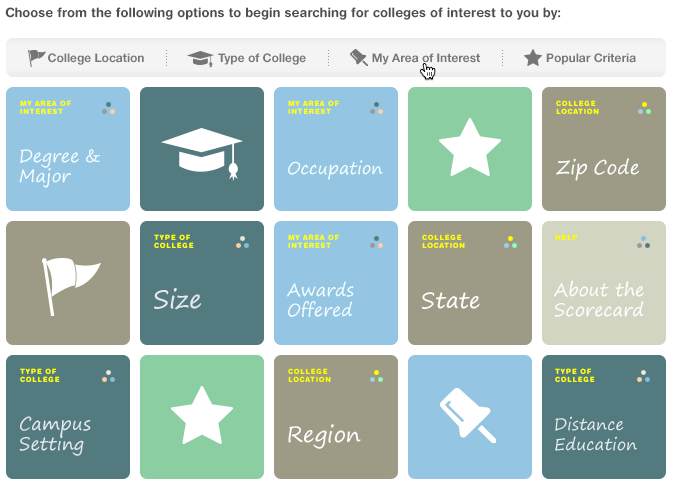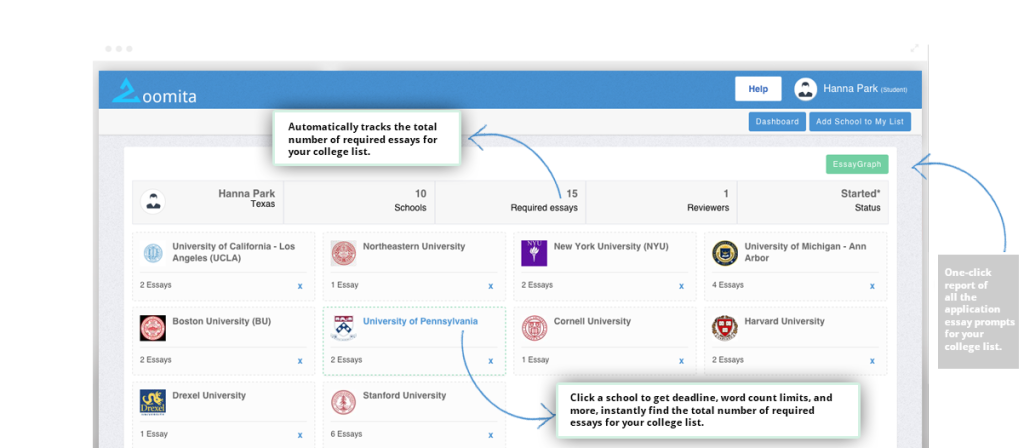
Writing the ever-important college essay can, at first, seem intimidating and challenging. But remember, this is the key to whether or not you’ll be accepted to college, so it’s important to put your best foot forward. Writing the application essay is your time to shine, but it doesn’t mean you should feel nervous. We’ve put together a few tips to help ease the pain of writing your college essay.
Be Your Authentic Self
The most important thing you can do when writing is to be yourself. Don’t write what you think an admissions officer would want to read; it could come off as contrived and inauthentic. Instead, use your own voice in the way you would normally speak. Moreover, don’t discount proper grammar and punctuation, but it should sound conversational to some degree; as if you were talking to a friend.
An easy way to sound original is to write from your personal account; this helps the words flow much easier because only you can write from your own experiences. Documenting your own narrative sounds much more authentic to an admissions officer because your unique understanding tends to stand out and sound more passionate. It’s easy to tell the difference between a genuine essay and one that’s not
Once you’ve written a rough draft, have someone who knows you well—like a teacher, parent or friend—read through to make sure the writing matches your voice. They can give you honest feedback and help keep you on track with your writing. Plus, having an extra set of eyes read your work will help you find mistakes you might have otherwise missed.
Get Organized
A good starting point for writing your essay is to come up with an outline detailing important points you’d like to make. Keep it to a few topics and, of course, remember to answer the initial prompt. Once you’ve got the basic outline, its time to start writing. At this point, it’s best to let your ideas flow and to get everything on paper. It’s much easier to edit your work than to struggle to come up with the right thing to say. Keep your writing focused; you don’t want it to look like a resume that covers everything you’ve accomplished up to this point. You want to keep the admissions officer engaged, so focusing on a few topics rather than many is more effective. This is also your chance to showcase your writing skills, keeping on topic and being succinct will look much better to an admissions officer than an essay that rambles.
Alternative Applications
There are a few colleges that have started accepting video applications in place of the traditional essay. In the video, admissions are looking to see your personality and who you are as a student, and the video is a chance to be a bit more creative than you could with a written essay. The website ZeeMee.com is solely for students to upload videos and send them to colleges. They can create a profile that covers their skills and interests, as well as share their videos. Users can even endorse others for their skills, much like one would on LinkedIn.
If you plan on applying to multiple colleges and the thought of writing a new essay each time is a bit overwhelming, you can also check out the Common Application. This site allows you to upload one essay and fill out one application to send to many different colleges—saving you time and headache from completing several applications. A single essay might be best if writing is not your strong suit. Bonus: the site offers guidance and support for students applying to college.
Admissions officers are looking for students who can bring something new to the table. They want to see who you are and what kind of student you may become while attending their school. It can’t be emphasized enough to be yourself when writing your entrance essay. This is your chance to show the university you are an individual who has unique ideas and a passion for learning. Take this opportunity to talk about your interests and excitement about continuing your education. You may just find that acceptance letter waiting for you in the mail.
___________________________
About the author: Jessica Gibbs studied Apparel Merchandising and Communications/Journalism at Colorado State University. She is currently a guest writer for CollegeFocus, a website dedicated to helping students deal with the challenges of college, including housing, finance, style, health, relationships, and transferring from a community college to a four-year university.
You can learn more about CollegeFocus on Twitter and Facebook.







 Shirag Shemmassian, an admissions consultant, was able to graduate debt free by using this interesting method – niche scholarships. It’s amazing how much money students can earn from niche scholarships that provide a nice chunk of money and are significantly less competitive!
Shirag Shemmassian, an admissions consultant, was able to graduate debt free by using this interesting method – niche scholarships. It’s amazing how much money students can earn from niche scholarships that provide a nice chunk of money and are significantly less competitive!


